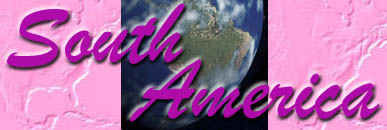

Text and photos courtesy of Michelle Mock
Ancient Times
Archaeologists have found evidence of llamas being used as a pack animal in Peru as long ago as 3500BC. One of the oldest cultures in the Americas was the Valdivia, who thrived in Ecuador between 3500 BC and 1800 BC. Digs in Ecuador unearthed pottery dating back to around 3200 BC. The use of pottery spread into Central America and Mexico with finds as old as 2300 BC.
Farmers in Peru grew corn and there are remnants of metal-work from around 2000-1500 BC. The native people of Peru began settling in villages around 1800 BC. During this Initial Period (1800-900 BC) the use of pottery spread and there is evidence of social and religious organization.
Many ancient South American cultures were technically very advanced. In 1200BC, the Chavín people began the first civilization in South America. Skilled stoneworkers built huge temples. They filled their temples with sculptures and were the first people in South America to fashion items out of gold. The Paracas culture appeared in southern Peru around 500 BC through 200 AD. They were known for their weaving and embroidery. Their knowledge of medicine was also advanced. Between 200 BC and AD600, the Moche people (northern coast) and Nazca people (southern coast) flourished and technological development in main fields grew.
200-600 AD saw the growth of the Tiahuanaco civilization in Bolivia. This civilization spread into Chile and Peru and is considered by some to be the capital of Pre-Inca civilization. The Tiahuanaco structures were built from massive stones transported long distances.
| Home | Contact Us | Credits | Sitemap |
© 2006 - Imagiverse Educational Consortium